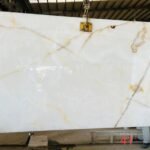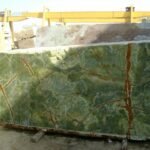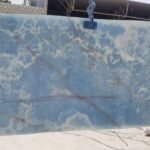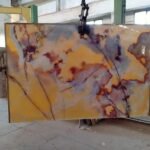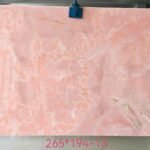Lapis Lazuli Rough Raw Solid Ashtrays
lapis lazuli rough, raw, or solid ashtrays are not commonly available in the market. Lapis lazuli is a semi-precious gemstone known for its stunning deep blue color with golden pyrite inclusions. It is typically used in jewelry, carvings, figurines, and decorative objects due to its beauty and rarity.
Creating ashtrays from lapis lazuli rough or raw material would require extensive cutting, shaping, and polishing, which might not be practical or cost-effective. Additionally, lapis lazuli is relatively soft compared to other materials used for ashtrays, such as metal, stone, or ceramic. As a result, a raw or rough lapis lazuli ashtray might not have the durability required for regular use.
That said, custom or specialized artisans may be able to create unique lapis lazuli ashtrays upon request. However, due to the rarity and value of lapis lazuli, such custom pieces could be quite expensive and might not be readily available in the mass market.
If you are interested in acquiring lapis lazuli products, including ashtrays, it is recommended to explore reputable jewelry stores, gemstone shops, or artisanal websites that specialize in gemstone products and custom creations. Always ensure that you are dealing with a trustworthy seller and that the authenticity and quality of the lapis lazuli are verified before making a purchase.
Physical Properties of Lapis Lazuli
Classification A metamorphic rock that contains enough of the mineral lazurite to impart a distinct blue color. It may also contain significant amounts of calcite, pyrite, and minor amounts of other minerals.
Color Blue. Often with white calcite veining or mottling, and gold grains of pyrite.
Streak Blue.
Luster Dull, but polishes to a bright luster.
Diaphaneity Semi-translucent to opaque.
Cleavage None, though it may split easily along foliation or calcite veins and layers.
Mohs Hardness Varies between the 3 of calcite and the 5 to 5.5 of lazurite. Not well suited for use as a ring stone or in bracelets.
Specific Gravity 2.7 to 2.9 or more depending upon the amount of pyrite
Diagnostic Properties Blue color, association with pyrite, and hardness.
Uses Cabochons, beads, carvings, spheres, inlay, and pigments.




